James McGlothlin Reviews Writing Fantasy Heroes: Powerful Advice From the Pros
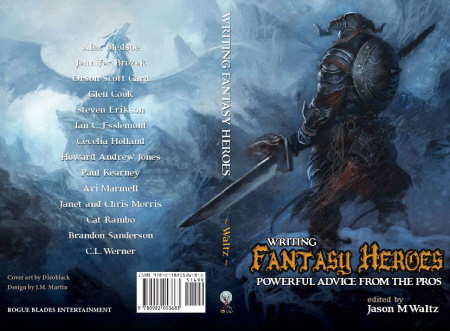 Writing Fantasy Heroes: Powerful Advice From the Pros
Writing Fantasy Heroes: Powerful Advice From the Pros
Edited by Jason M. Waltz
Rogue Blades Entertainment (202 pp, $14.99, trade paperback, February 2013)
In recent days, Sarah Avery has been doing some excellent in-depth posts reviewing Writing Fantasy Heroes, a collection of essays from some of the best fantasy practitioners in the field. Having recently been one of the winners of a contest for this book, Black Gate has allowed me the opportunity to give my two cents concerning the book as well. I won’t pretend to improve on any of Avery’s review here. Rather, I’ll offer some comments on just a few of the essays that I reacted most strongly to.
For me, hands down, the chapter by Howard Andrew Jones concerning character development through dialogue was the best essay in the book. Jones, along with Saladin Ahmed and Ari Marmell (who also has a chapter in this volume), is part of a small but seemingly growing band of authors who are writing fantasy fiction in a Middle-eastern milieu — think 1001 Arabian Nights! In his essay, Jones shows how the discussions among characters in a story can go a long way towards fleshing out these characters. His examples were quite apt and I especially enjoyed the McCoy and Spock dialogue taken from the original Star Trek series.
Jones’s discussion reminded me of at least one reason why I enjoy books like George R. R. Martin’s A Song of Ice and Fire series as well as, say, Quentin Tarantino screenplays. Both artists do an excellent job of making their characters multi-faceted, and thus compelling, by the use of dialogue in their stories. I think Jones’s essay shows how poor interchanges among characters do more to make a story feel artificial than the use of fantasy tropes!
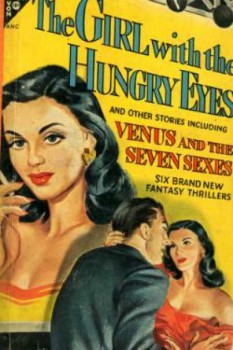




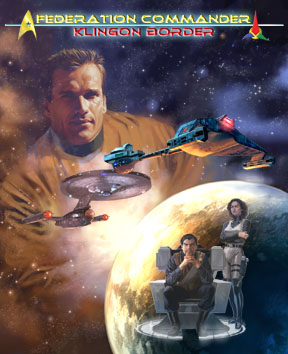
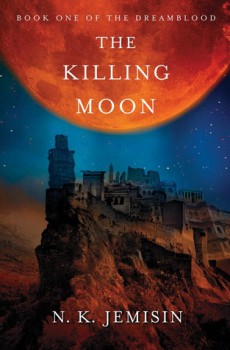
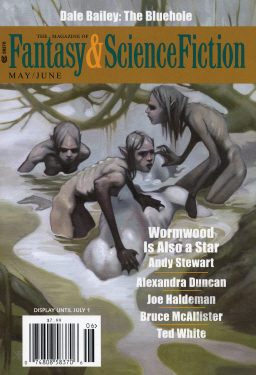
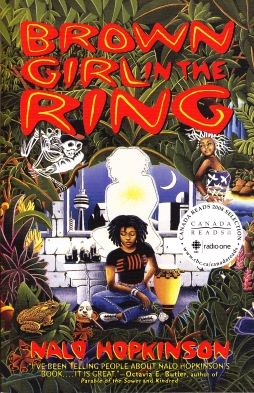 Published in 1998, Nalo Hopkinson’s debut novel was Brown Girl in the Ring, the first winner of the Warner Aspect First Novel Contest. It went on to be shortlisted for the Philip K. Dick Award and the James Tiptree Junior Award, to win the Locus Award in the First Novel category, and to help Hopkinson (who had already published several short stories) win the John W. Campbell Award for Best New Writer. She’s gone on to write five more novels, along with two collections of short stories, as well as editing and co-editing several anthologies.
Published in 1998, Nalo Hopkinson’s debut novel was Brown Girl in the Ring, the first winner of the Warner Aspect First Novel Contest. It went on to be shortlisted for the Philip K. Dick Award and the James Tiptree Junior Award, to win the Locus Award in the First Novel category, and to help Hopkinson (who had already published several short stories) win the John W. Campbell Award for Best New Writer. She’s gone on to write five more novels, along with two collections of short stories, as well as editing and co-editing several anthologies.